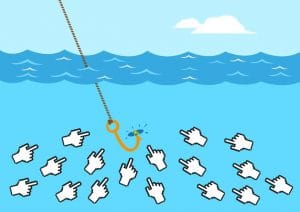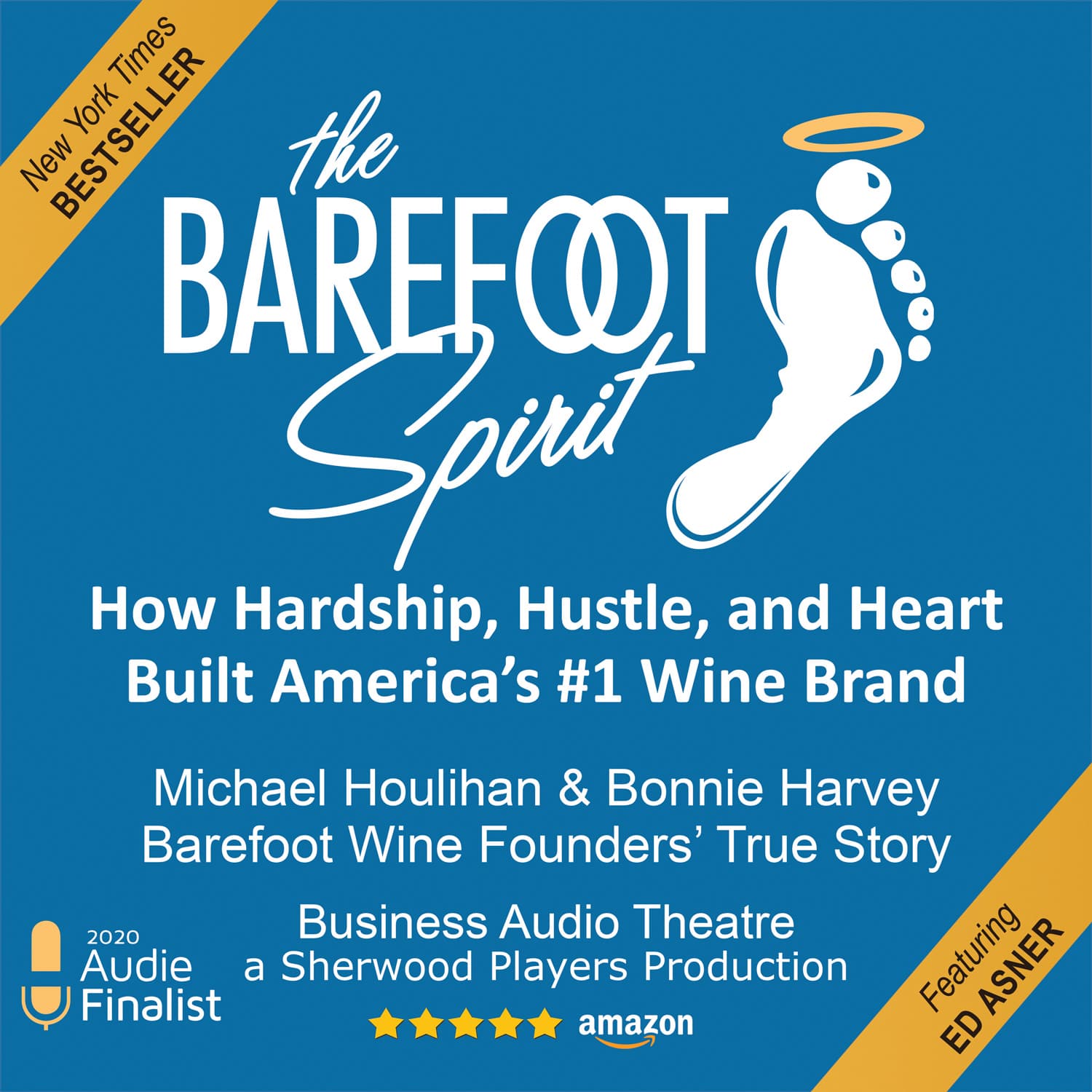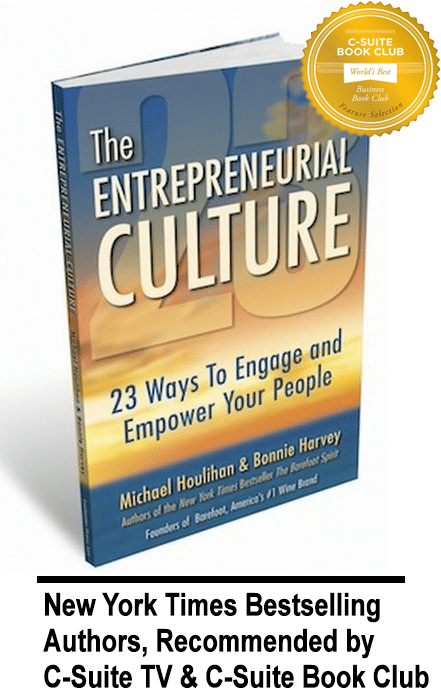
Some folks actually brag, “I don’t get my news from newspapers anymore. That’s so eighties!” We also hear, “I’m two to three days ahead of the news.” We recently had a house guest who considers himself a “digital native,” unlike us who are “digital transplants.” When he came in to breakfast, he glanced at the newspapers we were reading and asked, “How do you use those?”
We told him we use newspapers to discover stories we weren’t looking for that broaden our experience and education – hard to do in a digital feed with personal settings limited to only what you are interested in. We use newspapers to get news from sources that put their professional journalistic reputation on the line. And we use newspapers to vet out yesterday’s sensationally trending stories for accuracy.
Fake news has found a willing host in this post-truth world. It doesn’t have to be vetted, it just has to be trending. If it appeals to your world view or if it’s entertaining, shocking, or challenges the establishment, it doesn’t have to be accurate before it is shared. Facts are taking a back seat to being current. It’s more important to be part of the trending news than to be part of the accurate news. And by sharing it on social you can be part of “the latest!” The more it gets shared, the more “credibility” it has. As Dan Rather says, “And the truth has no chance of catching up with it.”
Now we can chose the type of news we want to see and the way we want to see it. Have we opened ourselves up to false news that merely appears to be like the news we have chosen to read? Is our desire for entertainment and validation greater than our respect for the truth? The producers and disseminators of fake news think so.
Stanford University released a study last month that reported that students in grades 7-12 found it difficult determining the credibility of stories on social media. Over 80% could not distinguish between actual news and advertisements designed to look like actual news. This is our future! Being a digital native obviously comes with some potentially damaging vulnerabilities. It is fast, it is popular, and it is wrong. What makes this OK to pass onto others?
So how do you protect yourself and not add gas the flames of a false fire? Here’s a few mitigating questions to ask before you hit that “share” button:
- Reputation. Is anyone’s reputation at stake as the source of the story? Who loses credibility if it’s wrong?
- Source. Is this coming from an established and reputable news feed, or is this coming exclusively from social media?
- Pandering. Am I being pandered to because I want to read a story like this and the source knows I will share it before it’s vetted? Am I being used?
- Sensational. Is this story so sensational that it’s entertaining even if it’s not true? If so, does that make it OK to pass along?
- Aging. How long has the story been out? Be skeptical about fast breaking “news.” It may be too early to be confirmed as correct.
Getting your news on line comes with some serious vulnerabilities and personal responsibilities. Those “old” newspapers that are no longer stylish have editors and journalists who could lose their reputations printing false stories. Now, you are the editor!
Who We Are

Michael Houlihan and Bonnie Harvey co-authored the New York Times bestselling business book, The Barefoot Spirit: How Hardship, Hustle, and Heart Built America’s #1 Wine Brand. The book has been selected as recommended reading in the CEO Library for CEO Forum, the C-Suite Book Club, and numerous university classes on business and entrepreneurship. It chronicles their humble beginnings from the laundry room of a rented Sonoma County farmhouse to the board room of E&J Gallo, who ultimately acquired their brand and engaged them as brand consultants. Barefoot is now the world’s largest wine brand.
Beginning with virtually no money and no wine industry experience, they employed innovative ideas to overcome obstacles, create new markets and forge strategic alliances. They pioneered Worthy Cause Marketing and performance-based compensation. They built an internationally bestselling brand and received their industry’s “Hot Brand” award for several consecutive years.
They offer their Guiding Principles for Success (GPS) to help entrepreneurs become successful. Their book, The Entrepreneurial Culture: 23 Ways To Engage and Empower Your People, helps corporations maximize the value of their human resources.
Currently they travel the world leading workshops, trainings, & keynoting at business schools, corporations, conferences. They are regular media guests and contributors to international publications and professional journals. They are C-Suite Network Advisors & Contributing Editors. Visit their popular brand building site at www.consumerbrandbuilders.com.
To make inquiries for keynote speaking, trainings or consulting, please contact sales@thebarefootspirit.com.






